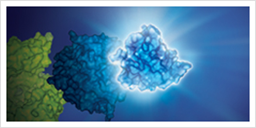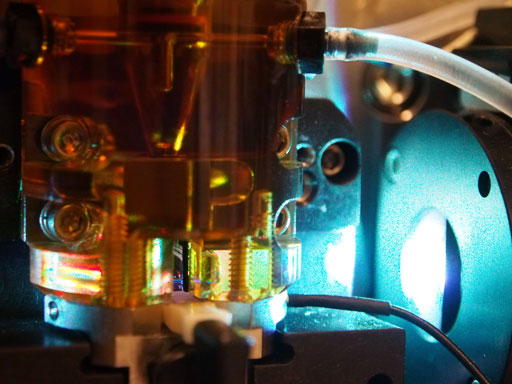Your Promega Connections bloggers had a great time bringing you cool science stories, technical tips and assorted other reading material this year, and we want to say a big “Thank you!” to all of our readers for your time, your comments, and your reblogs.
Here are some of the highlights from 2012.

At the end of January and into February, several of us attended our first ScienceOnline “unconference”, and we blogged about it. Science Scribing will be a part of this year’s conference as well, and I can’t wait.
R&D Scientist and blogger Karen Reece shared a series of networking tips for scientists, including this post on tips and tricks for online social networks, and our human resources blogger, Becca Terdich, started her series on the biggest blunders of job searching.
 Sara began March with a blog about the first flower that I usually see in my garden in the spring: dandelions, only she was blogging about their potential redeeming qualities. And Isobel announced the launch of our PCR protocols for Android. Kelly reviewed some exciting work in education describing how children, given just a little support from a “grandma cloud” and a computer, form self-organizing systems of learning. Finally in March blogger Amy Hendricksen celebrated the anniversary of the seminal paper on bisulfite conversions.
Sara began March with a blog about the first flower that I usually see in my garden in the spring: dandelions, only she was blogging about their potential redeeming qualities. And Isobel announced the launch of our PCR protocols for Android. Kelly reviewed some exciting work in education describing how children, given just a little support from a “grandma cloud” and a computer, form self-organizing systems of learning. Finally in March blogger Amy Hendricksen celebrated the anniversary of the seminal paper on bisulfite conversions.
In April our favorite forensics blogger, Terri, blogged about the latest high-tech tool in crime fighting: toilet paper. Technical services scientist, Nives Kovacevic, wrote a compelling piece about nanoparticles and their beneficial uses, and Sara followed the plague with a bioluminescent reporter. Blogger Caroline Sober blogged about her standing desk, the first of several around here (at least four Promega Connections bloggers work at standing desks now).
In May Isobel blogged about Methods for Quantitating DNA Yield and Concentration—more tips to help you in the lab. Blogger Kari wrote about brown fat, the fat you wish you had.
 In June we announced NanoLuc™ Luciferase, the new, extra small, extra bright luciferase reporter from Promega. Remember, you heard it here first. Technical service scientist Anu Gopal wrote about the importance of a good night’s sleep for learning: more tips for success in the lab.
In June we announced NanoLuc™ Luciferase, the new, extra small, extra bright luciferase reporter from Promega. Remember, you heard it here first. Technical service scientist Anu Gopal wrote about the importance of a good night’s sleep for learning: more tips for success in the lab.
In July we introduced Quick Protocols for the iPad. Blogger Gary Kobs continued his proteomics posts with information about characterization of sumoylation modifications in cell free systems. Terri writes about some Bronze Age forensics this time.
August started out with a scary blog describing a smart algorithm that can use Twitter to predict when we get sick up to eight days in advance. And because we are all sleep-deprived writers, we have a second sleep-related blog: this time talking about the molecular connections between sleep deprivation and inflammation.

As October and Fall rolled in, Becca waxed poetic about Squash, our corporate garden and even shared Promega’s Roasted Butternut Squash Soup recipe with our readers. In keeping with the October Halloween monster and her forensics bent, Terri blogged about Bigfoot. And, at the end of October we introduced our newest blogger: Maciek Smuga-Otto, who writes about the likeness of molecular biologists and computer programmers.
In November, we try to help you figure out how to chose the right reverse transcriptase for your project, and Karen writes a compelling post about gender bias in academic STEM careers. Maciek gives us an app developer’s tour of a cell-sorting lab.

So thanks again for coming with us on our Promega Connections journey, and here’s to a great 2013!
Latest posts by Promega (see all)
- Immune Surveillance Meets Innovation: The Critical Need for dsRNA Detection - April 22, 2025
- Beyond Ozempic: The New Frontier of Obesity Research - April 18, 2025
- One Health and H5N1: Promega’s Commitment to Holistic Solutions - April 8, 2025
